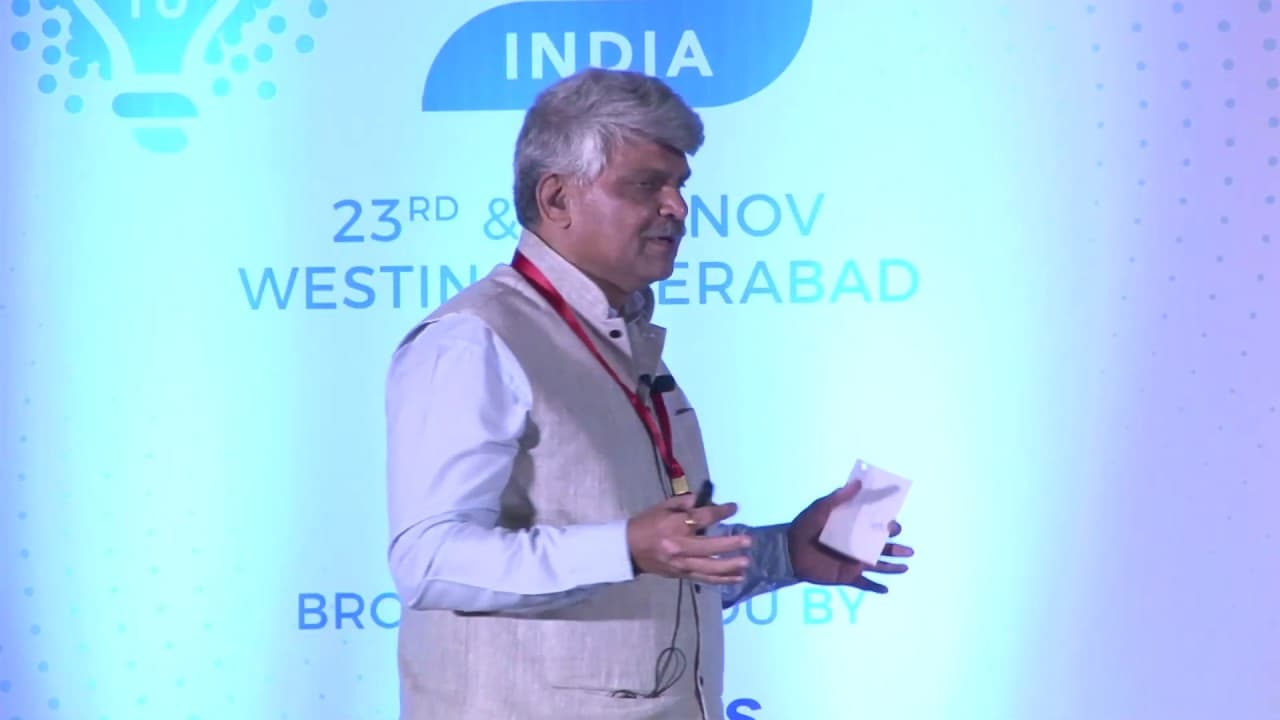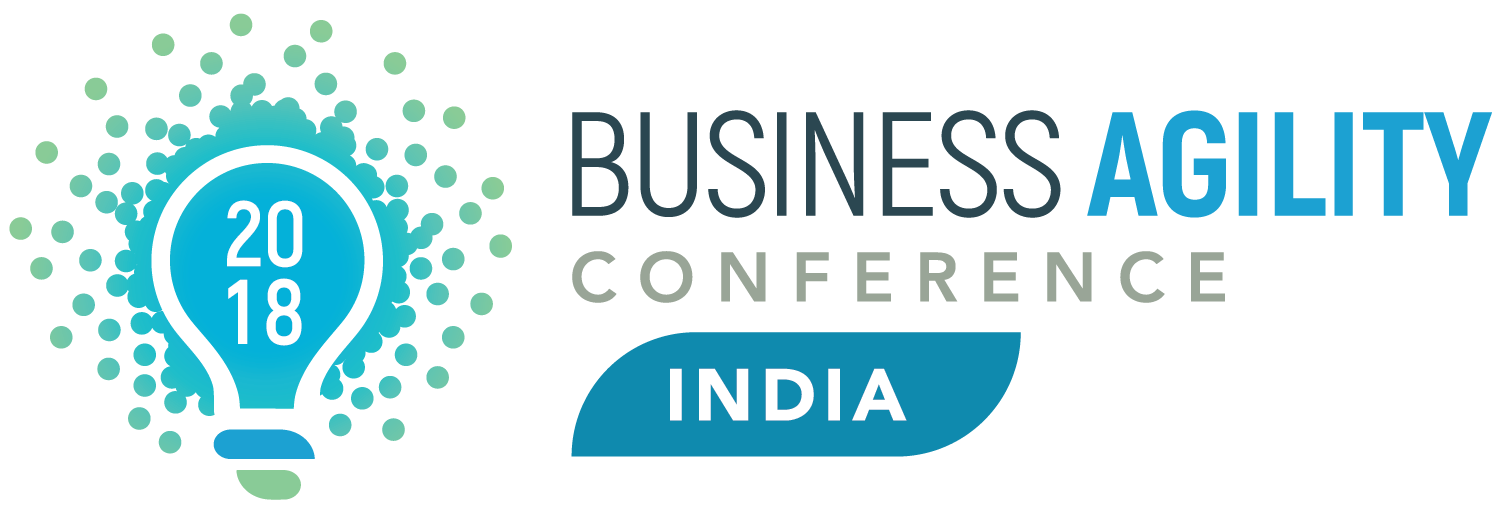A couple of things before I begin—no preaching, just my pure, simple, straight experiences from the last few years. My journey started in the army, and I am truly grateful to the Government of India for giving me that opportunity. They put me through the grind, including a commando course where I had to walk 65 kilometers with a heavy pack on my back in just eight hours. It seemed impossible. But then, an instructor told us, "Don't worry about 65 kilometers. Just focus on the next two kilometers. The next 60 will happen naturally." That was an early lesson in agility—breaking down big goals into small, manageable steps.
Speaking with Sarika, we discussed agility, strategy, and leadership. As a CEO, I don’t have the luxury of just talking about these concepts unless I can execute them. That’s what matters to me because it’s my own money I’m investing, my own business, my own employees, and customers I need to serve daily. Agility is not about just speaking; it’s about building agile people, agile leaders, and agile businesses. If those elements fall into place, everything else follows.
Agility: A Natural Advantage
When we started our journey, we looked at nature and realized that agility is part of our very existence. Humans survived while dinosaurs didn’t—not because the dinosaurs did anything wrong, but because the environment pushed them to extinction. If dinosaurs were still here, we wouldn’t be sitting in this hall—they would have eaten us long ago! The environment forces adaptation.
Deepak Chopra often says that the universe conspires to make things happen for you. We believed in this—that if opportunities like IoT and industrial transformation were emerging, we needed to seize them. Ignoring these opportunities would have been a mistake.
Challenges from competitors also pushed us. For instance, we couldn't compete with Infosys when they started offering $9 per hour for the same work we were doing. That forced us to think differently. Instead of seeing it as a disadvantage, we saw it as an opportunity—an opportunity to pivot, to change direction, and to innovate.
Building an Agile Business
Agility isn’t just about business models; it starts with people. Our partners and co-founders had to believe in the vision. My wife—who is also my business partner—has been my harshest critic, but that has kept us agile. We constantly challenge each other, and there is no hiding when you work together 24/7. Many people ask if working as a husband-and-wife team is a good idea. My answer is yes—it forces us to stay honest and sharp.
When we built our business, we didn’t start with agility or strategy; we started with passion. Were we passionate about what we were doing? Did we truly want to solve a problem? Passion came first, and then we looked at where we could make an impact. We focused on industries that could transform India from a third-world to a first-world economy. We realized that IT or agriculture alone wouldn’t drive that transformation—manufacturing would. Competitive job creation in manufacturing was key, so we focused on digital transformation for manufacturing companies.
We didn’t start with government projects or agriculture. We chose manufacturing because Pune, where we are based, is an automotive and discrete manufacturing hub with strong IT talent. We combined these elements and started working on IT solutions for manufacturing before IoT even became a buzzword.
Passion Translated into Opportunity
When we started talking about digital transformation in manufacturing, nobody listened. We were alone in evangelizing this idea. Fast forward four years, and now everyone invites me to speak about it. Why? Because it has become a trend. Big words like "digital transformation" and "IoT" make things sound sexy, but our focus was never on the terminology—it was on solving real problems.
We've worked hard to pass our passion down to our team—from our junior engineers to our product managers. Industrial automation is very different from traditional IT. In IT, you sit in air-conditioned offices, but in manufacturing, workers interact with systems in dimly lit shop floors. Our developers needed to understand this context to build effective solutions. Today, CFOs and business owners—not just plant managers—are driving IoT projects because it’s all about business outcomes.
The Need for a Strategy
Passion is essential, but without a strategy, it’s not enough. We learned that the hard way. Our first IoT project in 2002 was for a German company in the European market. We delivered licenses but soon realized we had no control over how the product was being used. We needed to shift from a project-based approach to a product-based approach.
However, two major constraints to agility were outside our control: money and time. Finance is always a roadblock, and time is never on your side. To overcome these, we needed a solid plan.
We pivoted from being a software services company working on projects for international clients to becoming a product company. This wasn’t just a technological pivot; it was a cultural transformation. We went from following client requirements to defining our own product roadmap. It was a major mindset shift.
Embracing Change and Scaling Up
We realized that while industrial manufacturing products were a long-term play, we needed a shorter-term revenue stream. An opportunity in environmental monitoring presented itself. India was one of the first countries to implement digital platforms for pollution monitoring. We became technical advisors to the Central Pollution Control Board and pivoted to build an environmental monitoring product. Today, we are the largest third-party software provider in this space, with implementations in India, Saudi Arabia, Qatar, South Korea, and beyond.
Agility, for us, has never been about just responding to threats—it has been about seizing opportunities.
Scaling for the Future
Our journey has been filled with pivots. We started as a small services company, then became a product company. We built solutions for manufacturing, then expanded into environmental monitoring. Some changes were planned, others were forced upon us. For example, Tata Honeywell came to us and said, "You are the only ones who can do this product for us. Can you do it?" We hesitated at first, but they said, "Don’t worry, we will teach you." Today, we are the largest software product company in this space, thanks to that push.
Now, our challenge is scalability. Large partners like Cisco and global investors ask, "Can you scale globally? Can you handle projects in Southeast Asia or across the globe?" If we don’t have an answer, they won’t work with us. So, we have to be agile and build for scale.
Final Thoughts
Time is never on our side. Money will always be constrained. Talent in industrial automation is scarce. We have even stopped calling ourselves a software company because when we visit manufacturing clients, they don’t want IT consultants in suits—they want people who understand their world.
We have adapted and transformed. We now provide industrial IoT training, turning what we once gave away for free into a revenue stream. We train companies like Thermax, Marathons, and NTPC, and it has become a great marketing tool—people respect teachers, and training sessions often lead to business deals.
As we continue to grow, we remain focused on passion, strategy, and execution. Agility is not just about responding to change—it’s about creating opportunities.
Thank you for your time, and I’d be happy to share my thoughts with anyone interested.



 Strategic directions come from an organisation’s willingness & commitment to create more value for all stakeholders, faster. Strategy was always related to our ability to identify an opportunity, take measured risks to take advantage of the opportunity, be different & the ability to execute the vision.
Strategic directions come from an organisation’s willingness & commitment to create more value for all stakeholders, faster. Strategy was always related to our ability to identify an opportunity, take measured risks to take advantage of the opportunity, be different & the ability to execute the vision.